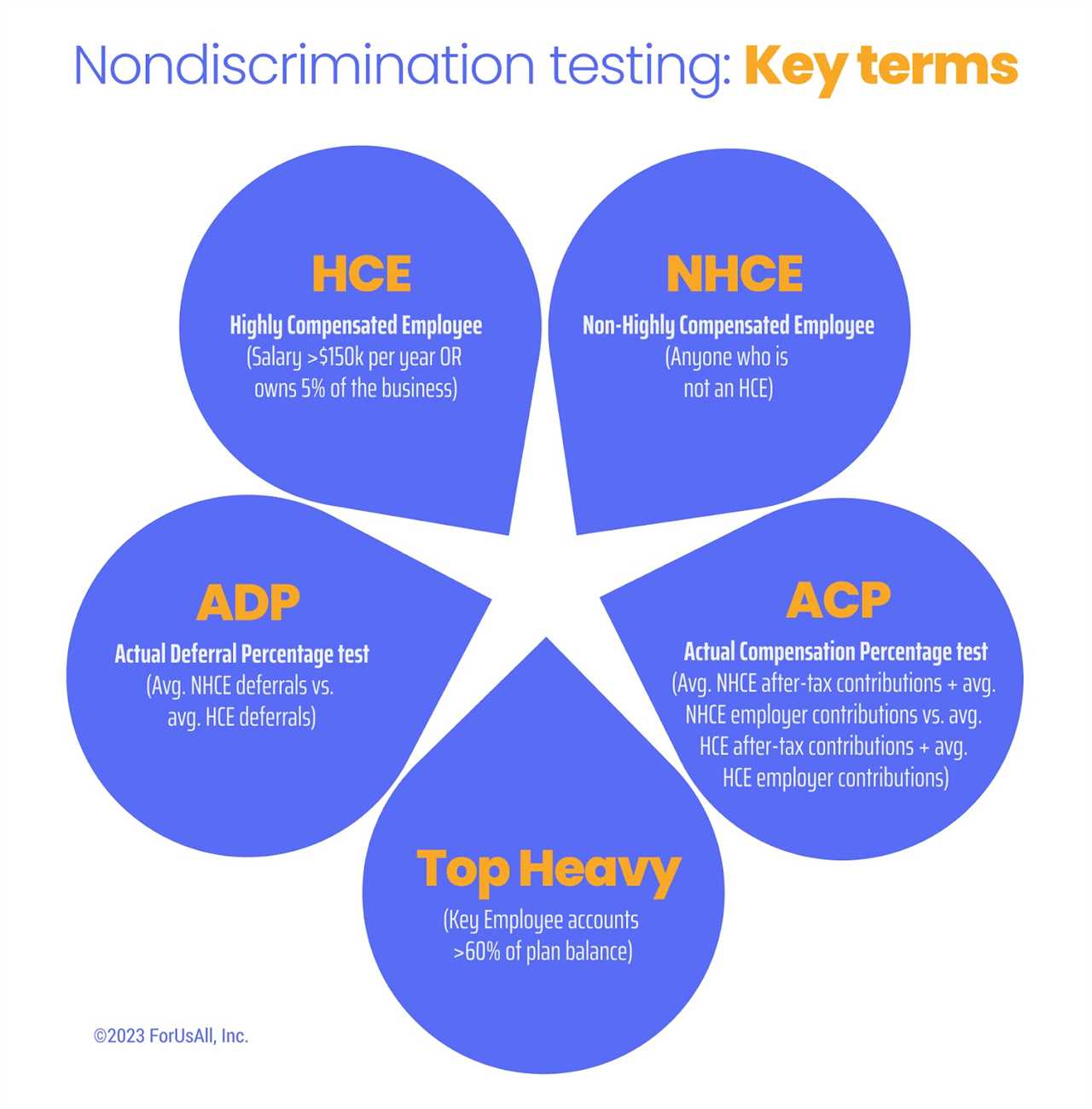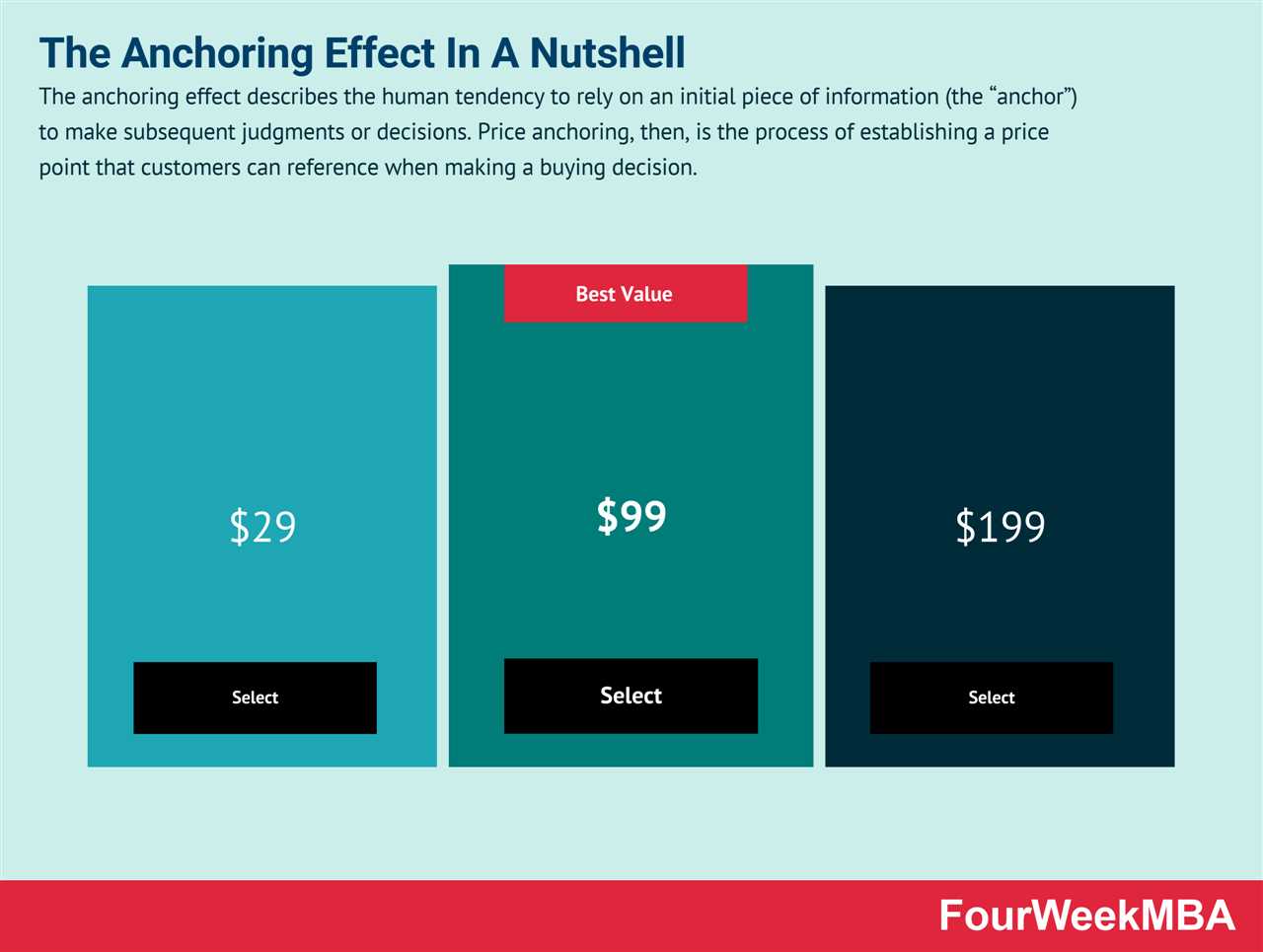관련뉴스
전문가들이 제공하는 다양한 정보
Learn This Controversial Article And Discover Out More About Saxafund.…
작성자 작성자 Louise · 작성일 작성일24-04-01 19:59 · 조회수 조회수 588
페이지 정보
본문
Introduction:
The annualized rate of return is an essential financial metric used to determine the profitability of an investment over a specified period. It measures the compounded annual growth rate (CAGR) of an investment and provides a standardized way to compare different investment opportunities. This study aims to provide a detailed analysis of the annualized rate of return, its calculation, significance, and limitations.
Calculation Methodology:
The annualized rate of return is calculated using the following formula:
 Annualized Return = [(Ending Value / Beginning Value) ^ (1 / Number of Years)] - 1
Annualized Return = [(Ending Value / Beginning Value) ^ (1 / Number of Years)] - 1
Here, the beginning value represents the initial investment, the ending value represents the final value of the investment, and the number of years indicates the investment horizon.
Significance of Annualized Rate of Return:
The annualized rate of return is a fundamental measure of investment performance as it provides a standardized way to compare the returns of different investments. By annualizing returns, investors can easily compare the performance of investments with varying time horizons. If you have any concerns relating to where and how to use saxafund.org, you can make contact with us at our page. It allows for better decision-making by providing a common benchmark to evaluate investment opportunities, aiding in portfolio diversification and risk assessment.
 Limitations and Considerations:
Limitations and Considerations:
While the annualized rate of return is a useful tool, it is important to consider its limitations. Firstly, it assumes that the investment return is constant over time, which might not always be the case. Secondly, it does not account for the impact of taxes, transaction fees, or inflation, which can significantly affect the actual return on investment. Additionally, it is crucial to recognize that past performance is not indicative of future results, and other factors like market volatility and economic conditions must be considered.
Real-World Examples:
To illustrate the practical application of the annualized rate of return, let us consider two investment scenarios:
Scenario 1: An investment of $10,000 that grows to $15,000 over a 5-year period.
Annualized Return = [(15,000 / 10,000) ^ (1 / 5)] - 1
Annualized Return = 0.1047 or 10.47%
Scenario 2: An investment of $50,000 that grows to $75,000 over a 10-year period.
Annualized Return = [(75,000 / 50,000) ^ (1 / 10)] - 1
Annualized Return = 0.0722 or 7.22%
In these examples, the annualized rate of return provides a standardized measure to compare the profitability of the two investments, despite their varying investment horizons.
Conclusion:
The annualized rate of return plays a vital role in evaluating the performance of investments, aiding in decision-making, and enabling effective portfolio management. By understanding its calculation methodology, significance, and limitations, investors can make informed decisions and better assess the potential return on their investments. However, it is crucial to remember that the annualized rate of return is just one tool in the comprehensive analysis of investments, and other factors must be considered before making investment decisions.
The annualized rate of return is an essential financial metric used to determine the profitability of an investment over a specified period. It measures the compounded annual growth rate (CAGR) of an investment and provides a standardized way to compare different investment opportunities. This study aims to provide a detailed analysis of the annualized rate of return, its calculation, significance, and limitations.
Calculation Methodology:
The annualized rate of return is calculated using the following formula:
 Annualized Return = [(Ending Value / Beginning Value) ^ (1 / Number of Years)] - 1
Annualized Return = [(Ending Value / Beginning Value) ^ (1 / Number of Years)] - 1Here, the beginning value represents the initial investment, the ending value represents the final value of the investment, and the number of years indicates the investment horizon.
Significance of Annualized Rate of Return:
The annualized rate of return is a fundamental measure of investment performance as it provides a standardized way to compare the returns of different investments. By annualizing returns, investors can easily compare the performance of investments with varying time horizons. If you have any concerns relating to where and how to use saxafund.org, you can make contact with us at our page. It allows for better decision-making by providing a common benchmark to evaluate investment opportunities, aiding in portfolio diversification and risk assessment.
 Limitations and Considerations:
Limitations and Considerations:While the annualized rate of return is a useful tool, it is important to consider its limitations. Firstly, it assumes that the investment return is constant over time, which might not always be the case. Secondly, it does not account for the impact of taxes, transaction fees, or inflation, which can significantly affect the actual return on investment. Additionally, it is crucial to recognize that past performance is not indicative of future results, and other factors like market volatility and economic conditions must be considered.
Real-World Examples:
To illustrate the practical application of the annualized rate of return, let us consider two investment scenarios:
Scenario 1: An investment of $10,000 that grows to $15,000 over a 5-year period.
Annualized Return = [(15,000 / 10,000) ^ (1 / 5)] - 1
Annualized Return = 0.1047 or 10.47%
Scenario 2: An investment of $50,000 that grows to $75,000 over a 10-year period.
Annualized Return = [(75,000 / 50,000) ^ (1 / 10)] - 1
Annualized Return = 0.0722 or 7.22%
In these examples, the annualized rate of return provides a standardized measure to compare the profitability of the two investments, despite their varying investment horizons.
Conclusion:
The annualized rate of return plays a vital role in evaluating the performance of investments, aiding in decision-making, and enabling effective portfolio management. By understanding its calculation methodology, significance, and limitations, investors can make informed decisions and better assess the potential return on their investments. However, it is crucial to remember that the annualized rate of return is just one tool in the comprehensive analysis of investments, and other factors must be considered before making investment decisions.
- 이전글Characteristics Of Xwiecek.pl 24.04.01
- 다음글The Unexplained Mystery Into Will Honeydew Melon Ripen At Home Uncovered 24.04.01
댓글목록
등록된 댓글이 없습니다.


